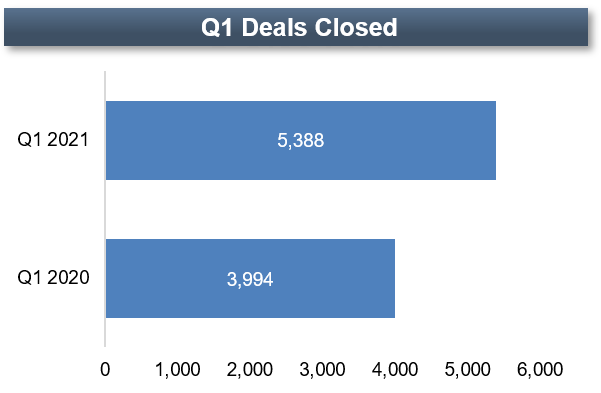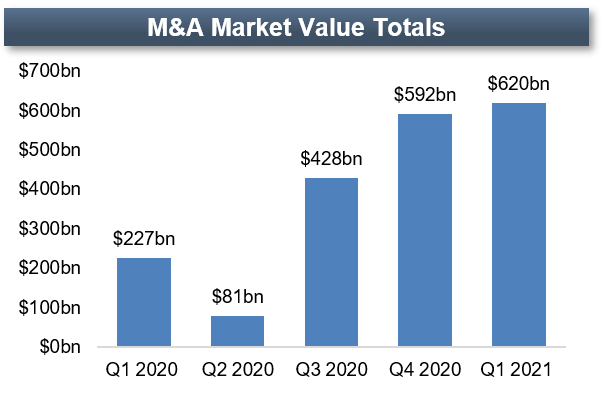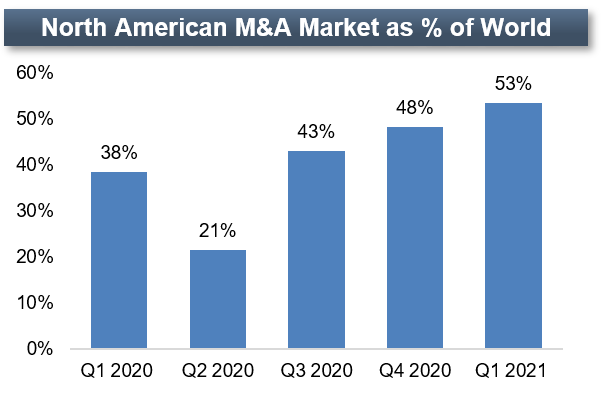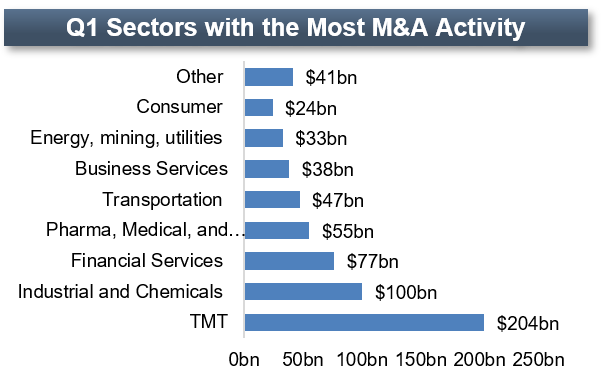Customer Concentration Can Be A Deal Breaker
Customer concentration is a notorious deal killer, yet many business owners fail to address this issue prior to pursuing a recapitalization or exit. After all, from an owner’s perspective, landing one household name as a client could be exactly what an up-and-coming company needs to build its credibility in the industry, boost revenue and quickly expand into additional markets.
Why, then, are investors and acquirers so concerned about customer concentration?
Simply put, “customer concentration” translates to “risk” in the mind of a buyer, and below are five reasons that this is the case. To illustrate, let’s use an example of a service company, Concentration Co., whose largest customer is one division of a Fortune 500 company. The customer, Giant, Inc., accounts for 40% of Concentration Co.’s revenue.
1. Potential Financial Loss
The most obvious risk is if Concentration Co. lost Giant, Inc. as a customer. There would be an immediate decline in revenue and net income that would be difficult to recover quickly, and may require Concentration Co. to cut costs, reduce headcount or operate at a loss. This risk is particularly problematic for a private equity group whose expected return on an acquisition of Concentration Co. would be drastically reduced should it acquire the company and subsequently lose the top customer. After all, companies are typically valued based on some multiple of EBITDA, and losing 30% of EBITDA will make it challenging to generate an acceptable rate of return on that investment. Revenue from these high-risk customers, may be valued at a meaningful discount. Review the prior article for more information here: Not All Revenue Is Valued Equally.
2. Financing Challenges
Lenders also see customer concentration as risky, and for firms who intend to fund the transaction through loans from a bank or other institution, customer concentration can make financing difficult. Lenders may pass on the business altogether, provide less than the desired loan amount, or offer the buyer sub-optimal terms on the loan in order to mitigate risk. This can reduce buyers’ expected return and lead them to pursue more lucrative opportunities.
3. Pricing Pressure
Key customers who are also large companies often have the ability to exert pricing pressure, which can erode profit margins. Responsible for such a vast percent of revenue, Giant, Inc. has significant leverage over Concentration Co. Especially if there are alternative service providers in the marketplace, Giant, Inc. could demand a price discount and Concentration Co. would have to comply or risk losing its largest customer to a competitor. Depending on its financial position, sacrificing margins may be better than losing Giant, Inc. altogether. From an acquirer’s perspective, however, lower margins also mean decreased EBITDA and future returns.
4. Ability to Dictate Terms
Similarly, large customers can exert their power to adjust the terms of service to best meet their needs. If, for example, Giant, Inc.’s policy was to pay in 45 days instead of Concentration Co.’s typical 30 day cycle, an exception would probably be made. After all, a competitor might be more than willing to accommodate Giant, Inc.’s preferences in order to pick up so much business.
5. Impact on Capacity
Large customers tend to control a company’s capacity as well. If Giant, Inc. requests that the company begin serving another one of its divisions, it may not have the capacity to meet the needs of its other customers or take on new customers. In this situation, Concentration Co. faces a decision. It can a) tell Giant, Inc. that it cannot provide the additional service as requested and risk losing Giant, Inc. to another firm who can accommodate its needs or b) fulfill the request and potentially damage relationships with the rest of its customer base and miss out on potentially more profitable growth opportunities.
Ultimately, customer concentration is risky whether you plan to sell your company or not. Each of the five reasons above can just as easily impact current owners as potential acquirers. If your business would suffer heavily from the loss of one or a few key customers, consider developing and implementing a plan to reduce this risk. These efforts will pay off no matter what your plans are in the future.
– Guest Article by Madison Davis with Elm Street Technology

















